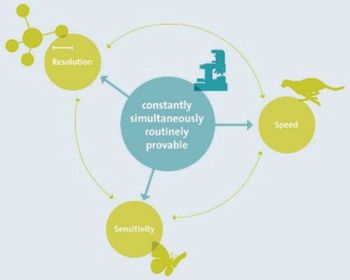
Five key qualitative factors–speed, sensitivity, resolution, modularity and upgradeability, and combinability–contribute to the quality of confocal Raman imaging microscopes. Using application examples, this article introduces modern Raman imaging and correlative imaging techniques, and presents state-of-the-art practice examples from polymer research, pharmaceutics, low-dimensional materials research, and life sciences.








